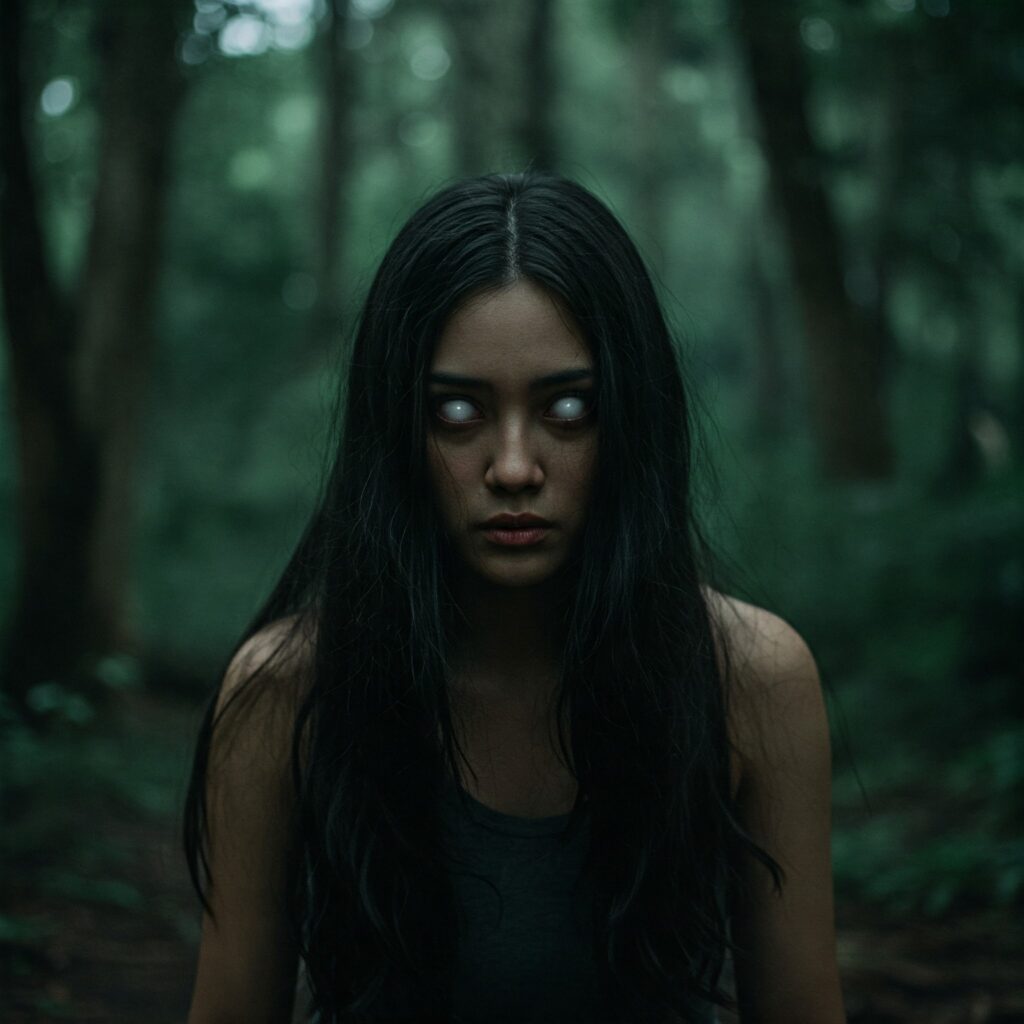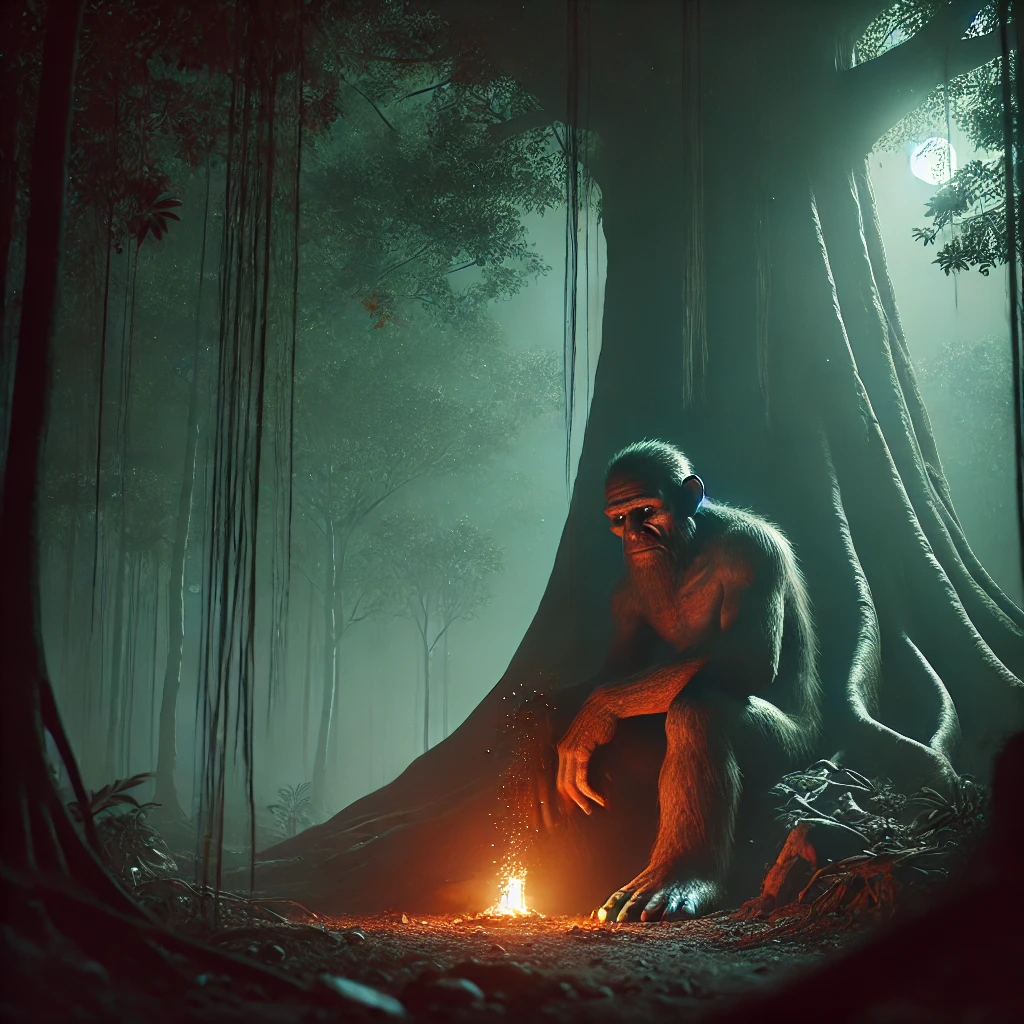The manananggal, a distinctive creature in Philippine folklore, has been a compelling figure in Filipino cinema for decades, serving as both a source of terror and a vessel for social commentary. This visceral mythological being – a vampire-like creature capable of splitting its body in half and flying with bat-like wings – has captured the imagination of filmmakers and audiences alike since the early days of Philippine cinema. Through various cinematic interpretations, the manananggal has evolved from a simple horror monster to a complex metaphor for societal issues, gender dynamics, and cultural transformation. The intersection of traditional folklore and modern filmmaking has created a unique subgenre within Philippine horror cinema that continues to resonate with audiences both locally and internationally.
Historical Context and Cultural Significance
The manananggal’s origins can be traced back to pre-colonial Philippine mythology, where it existed alongside other supernatural creatures in the complex tapestry of Filipino folklore. In traditional stories, the manananggal is typically depicted as a beautiful woman by day who transforms into a horrifying creature at night, separating her upper body from her lower torso to hunt for prey, particularly targeting pregnant women and fetuses. This duality of nature – the beautiful and the monstrous, the human and the inhuman – has made the manananggal a particularly potent symbol in Philippine cinema. The cultural significance of this creature extends beyond mere horror, as it often represents deeper anxieties about femininity, power, and social transformation in Filipino society.
Notable Manananggal Films in Philippine Cinema
Chronological Evolution of Manananggal Films
| Year | Film Title | Director | Notable Elements |
|---|---|---|---|
| 1927 | “Ang Manananggal” | Jose Nepomuceno | First documented manananggal film (Lost film) |
| 1988 | “Tiyanak” | Peque Gallaga | Featured manananggal elements |
| 2004 | “Mangkanor” | Tikoy Aguiluz | Modern interpretation |
| 2013 | “Corazon: Ang Unang Aswang” | Richard Somes | Origin story approach |
| 2016 | “Manananggal sa Unit 23B” | Prime Cruz | Urban contemporary setting |
Cinematic Techniques and Visual Evolution
Traditional Representation (1927-1980s)
The early depictions of the manananggal in Philippine cinema relied heavily on practical effects and theatrical makeup. These films established the iconic visual elements that would become synonymous with the creature: the separation of the body at the torso, the unfurling of bat-like wings, and the transformation from human to monster. The limitations of early special effects often required creative solutions, leading to innovative practical effects that have become part of the manananggal’s cinematic legacy. The technical challenges of portraying the creature’s separation and flight sequences pushed the boundaries of Filipino practical effects and contributed to the development of local film industry expertise.
Modern Interpretation (1990s-Present)
Contemporary Filipino filmmakers have embraced digital technology to create more sophisticated and nuanced portrayals of the manananggal. Modern visual effects have allowed for more seamless transformations and realistic flight sequences, while maintaining the creature’s traditional horrific aspects. The advancement in special effects has enabled directors to focus more on storytelling and thematic elements, using the manananggal as a vehicle for deeper narrative exploration. Recent films have also experimented with different visual styles, from gothic horror to social realism, expanding the creature’s cinematic repertoire.
Social Commentary and Thematic Analysis
Gender Politics and Feminine Power
The manananggal’s representation in cinema has consistently engaged with questions of gender and power. As a predominantly female monster, the creature often embodies societal fears about female sexuality and autonomy. Many films have used the manananggal narrative to explore themes of women’s empowerment, reproductive rights, and gender inequality in Philippine society. The transformation from human to monster can be interpreted as a metaphor for female liberation from patriarchal constraints, though this interpretation varies significantly across different films and periods.
Class Struggle and Social Inequality
Modern manananggal films have increasingly incorporated themes of class struggle and social inequality. The creature’s nocturnal hunting grounds often span different social strata, highlighting urban-rural divides and economic disparities. Some films place the manananggal in urban settings, using the creature’s dual nature to comment on the contrast between the glossy facade of modern Filipino society and its underlying social issues. The vulnerability of certain social groups, particularly the urban poor, becomes a central theme in these narratives.
Impact on Philippine Horror Cinema
Box Office Performance and Critical Reception
| Decade | Number of Films | Average Box Office (PHP) | Critical Reception |
|---|---|---|---|
| 1980s | 5 | 2.5M | Mixed |
| 1990s | 8 | 4.8M | Generally Positive |
| 2000s | 12 | 8.2M | Increasingly Positive |
| 2010s | 15 | 12.5M | Highly Acclaimed |
| 2020s | 6 | 15.3M | Strong Reviews |
Data compiled from Philippine Film Archives and Cultural Center of the Philippines records
International Recognition and Cultural Export
The manananggal has garnered international attention through film festival screenings and global distribution platforms. Filipino horror films featuring the creature have been showcased at various international film festivals, contributing to the growing recognition of Philippine cinema globally. The unique cultural specificity of the manananggal, combined with universal themes of horror and social commentary, has helped these films find audiences beyond Philippine borders. This international exposure has also influenced how the creature is portrayed in contemporary productions, with some films incorporating more cosmopolitan elements while maintaining cultural authenticity.
Technical Innovation and Industry Development
The challenges of portraying the manananggal on screen have driven technical innovation in Philippine cinema. From early practical effects to modern CGI, filmmakers have continuously pushed the boundaries of available technology. This technical evolution has contributed to the overall development of the Philippine film industry, particularly in the horror genre. The skills and techniques developed for manananggal films have been applied to other productions, enhancing the overall quality of Filipino cinema.
Contemporary Relevance and Future Prospects
The manananggal continues to evolve as a cinematic figure, adapting to contemporary concerns and storytelling techniques. Recent productions have explored new themes such as environmental destruction, technological alienation, and global connectivity through the lens of this traditional monster. The creature’s ability to address modern anxieties while maintaining its cultural roots suggests its ongoing relevance in Philippine cinema. Emerging filmmakers continue to find new ways to interpret the manananggal, ensuring its place in the future of Filipino horror films.
Cultural Preservation and Modern Adaptation
The cinematic treatment of the manananggal serves an important role in preserving Philippine folklore while allowing it to evolve with contemporary society. Filmmakers must balance traditional elements with modern storytelling techniques to keep the creature relevant for new generations. This dynamic between preservation and innovation reflects broader cultural negotiations in Philippine society, making the manananggal an important vehicle for cultural discourse.
Conclusion
The manananggal’s journey through Philippine cinema demonstrates the enduring power of traditional folklore in modern storytelling. From its early appearances as a simple horror monster to its current status as a complex symbol for social commentary, the creature has proven remarkably adaptable to changing times and concerns. As Philippine cinema continues to evolve, the manananggal remains a powerful tool for exploring national identity, social issues, and cultural transformation. Its persistence in Filipino film culture suggests that this mythological figure will continue to haunt and enlighten audiences for generations to come.
Disclaimer: This article is based on available historical records, academic research, and film industry data. While every effort has been made to ensure accuracy, some early film records may be incomplete due to the loss of historical materials. Box office figures have been adjusted for inflation where possible. Please report any inaccuracies to our editorial team for prompt correction. Sources include the Philippine Film Archives, Cultural Center of the Philippines, and academic publications on Philippine cinema.




